Trial replaced fishmeal with poultry meal, distillers dried grain and plant-based ingredients
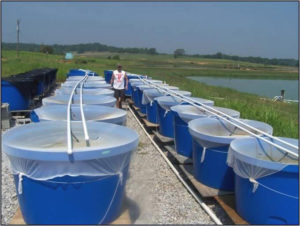
The culture of Pacific white shrimp (Litopenaeus vannamei) is being carried out using low-salinity water in various locations across the globe. In western Alabama, USA, shrimp farmers have raised L. vannamei for nearly a decade using pond water supplied from inland low-salinity artesian well
Inland culture locates farmers closer to markets that normally do not have access to fresh shrimp. Land costs are lower than on the coast, and disease-causing vectors are fewer inland. However, one of the biggest operating costs is for the feed required to grow shrimp under semi-intensive conditions.
One of the more expensive ingredients in most commercial shrimp diets is fishmeal, which serves as an excellent source of nutrients, particularly protein. In recent years, alternative plant protein and plant-animal protein combinations have been explored as possible replacements for fishmeal in feed formulations.
While the success of alternative feed ingredients in traditional rearing environments with full-strength seawater has been well documented, there is limited knowledge on the response of shrimp to plant protein and plant-animal protein combinations when reared under low-salinity conditions.
Farm trial
To test the viability of substituting fishmeal with alternative protein sources, the authors devised a farm trial in which fishmeal was replaced with poultry meal, distillers dried grain with solubles, and pea meal in combination with soybean meal and corn gluten meal in diets fed to juvenile shrimp reared in inland low-salinity water.
Four test diets formulated to contain 36 percent protein and 8 percent lipid were evaluated in a flow-through tank system at Greene Prairie Aquafarm low-salinity shrimp farm in Boligee, Ala., USA. Menhaden fishmeal in the feed was replaced on a weight to weight basis with poultry meal, distillers dried grain with solubles, and pea meal (Table 1), and protein levels were adjusted. For comparison, a commercial 35 percent-protein reference diet was used in production ponds for the trial. For a second frame of reference, a locally produced 36 percent-protein production diet was also used in the study.
| Ingredient | Diet 1 Poultry Meal | Diet 2 Fishmeal | Diet 3 Distillers Grain | Diet 4 Pea Meal |
|---|
Ingredient | Diet 1 Poultry Meal | Diet 2 Fishmeal | Diet 3 Distillers Grain | Diet 4 Pea Meal |
|---|---|---|---|---|
| Soybean meal | 551.2 | 537.1 | 580.1 | 580.0 |
| Milo | 248.1 | 261.9 | 163.4 | 153.3 |
| Poultry by-product | 99.9 | – | – | – |
| Menhaden | – | 100.1 | – | – |
| Peas, ground | – | – | – | 100.0 |
| Distillers grain | – | – | 100.0 | – |
| Corn gluten | – | – | 48.3 | 48.3 |
| Dicalcium phosphate | 29.0 | 29.0 | 33.8 | 34.2 |
| Fish oil | 50.8 | 50.9 | 48.3 | 58.2 |
| Squid meal | – | – | 5.0 | 5.0 |
* Other ingredients included in diets: vitamin and mineral premixes, lecithin, bentonite, copper sulfate, mold inhibitor.
Twenty 0.45-gram L. vannamei were stocked into each of 30, 600-liter tanks set up adjacent to a 1.6-ha commercial production pond with 4.0 ppt salinity. Low-salinity pond water was pumped into the tanks with the overflow draining back into the pond by means of a central stand pipe. Aeration was provided by two submersible diffusers per tank connected to a central blower.
Feed rations were calculated assuming a 1.75 feed-conversion ratio (FCR) and a doubling in size for the first week. Thereafter, a growth rate of 1 gram per week was assumed. Shrimp were fed twice daily for nine weeks. At the conclusion of the trial, shrimp were harvested, counted and weighed.
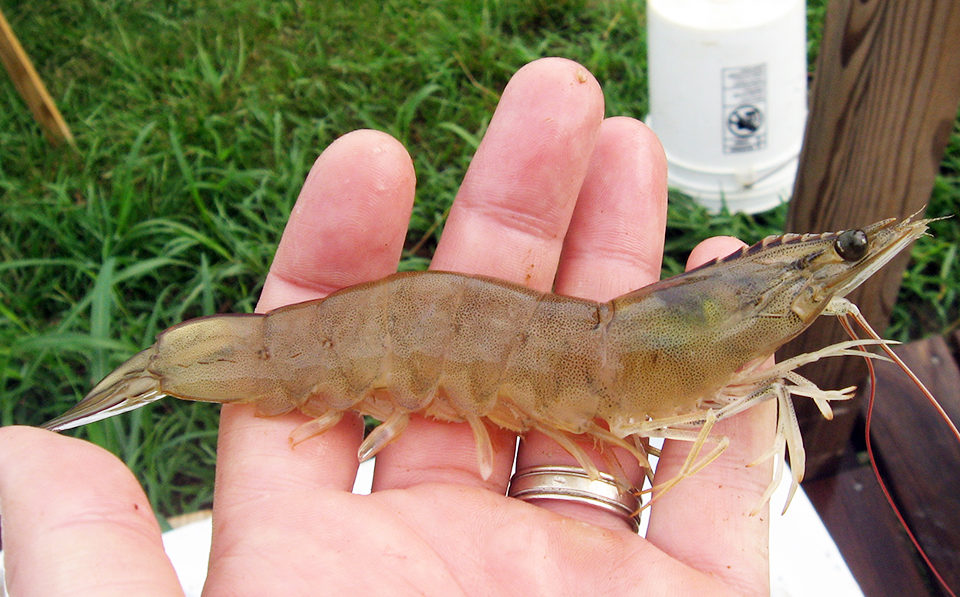
Results
With values ranging 23.4 to 24.2 grams, there were no significant (P > 0.05) differences in mean final weight across all the treatments (Fig. 1). Although survival ranged 91 to 98 percent, the differences among diet treatments were not statistically significant.
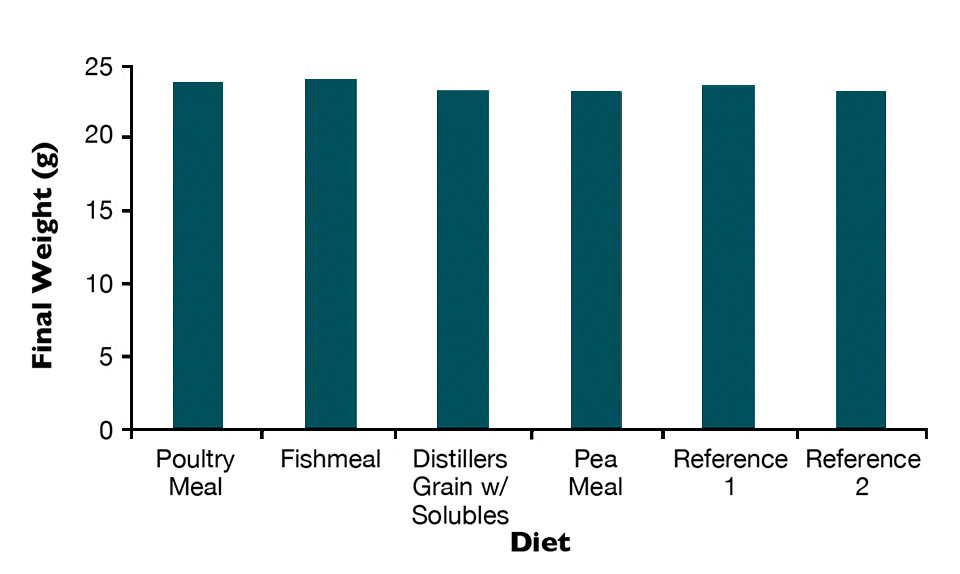
Throughout the experiment, shrimp displayed excellent growth, growing more than 2 grams per week with weight gain exceeding 5,100 percent in all treatments. In addition, FCRs ranged 0.70 to 0.73, suggesting some growth could have been a result of the high primary productivity of the pond water utilized in the study. There were no significant differences observed between the experimental diets utilizing alternative ingredients and the two commercial reference diets.
While the western Alabama farmers were initially concerned that their rearing environment with low salinity and unique ion profiles might be too harsh for removal of fishmeal from diet formulations, they are now more optimistic and open to alternative feed formulations. Farmers can save money and increase their profit margins by using production diets that contain plant protein or plant-animal protein combinations as alternatives to costly fishmeal.
(Editor’s Note: This article was originally published in the May/June 2009 print edition of the Global Aquaculture Advocate.)
Now that you've reached the end of the article ...
… please consider supporting GSA’s mission to advance responsible seafood practices through education, advocacy and third-party assurances. The Advocate aims to document the evolution of responsible seafood practices and share the expansive knowledge of our vast network of contributors.
By becoming a Global Seafood Alliance member, you’re ensuring that all of the pre-competitive work we do through member benefits, resources and events can continue. Individual membership costs just $50 a year.
Not a GSA member? Join us.
Authors
-
Luke A. Roy
Department of Fisheries and Allied Aquacultures
Auburn University
Auburn, Alabama 36849 USA -
D. Allen Davis
Department of Fisheries and Allied Aquacultures
Auburn University
Auburn, Alabama 36849 USA
Tagged With
Related Posts
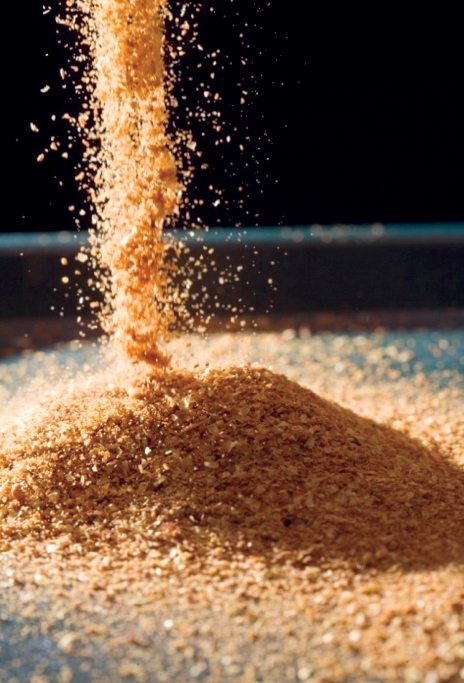
Aquafeeds
A look at corn distillers dried grains with solubles
Corn distillers dried grains with solubles are an economical source of energy, protein and digestible phosphorus to reduce feed costs and fishmeal usage.
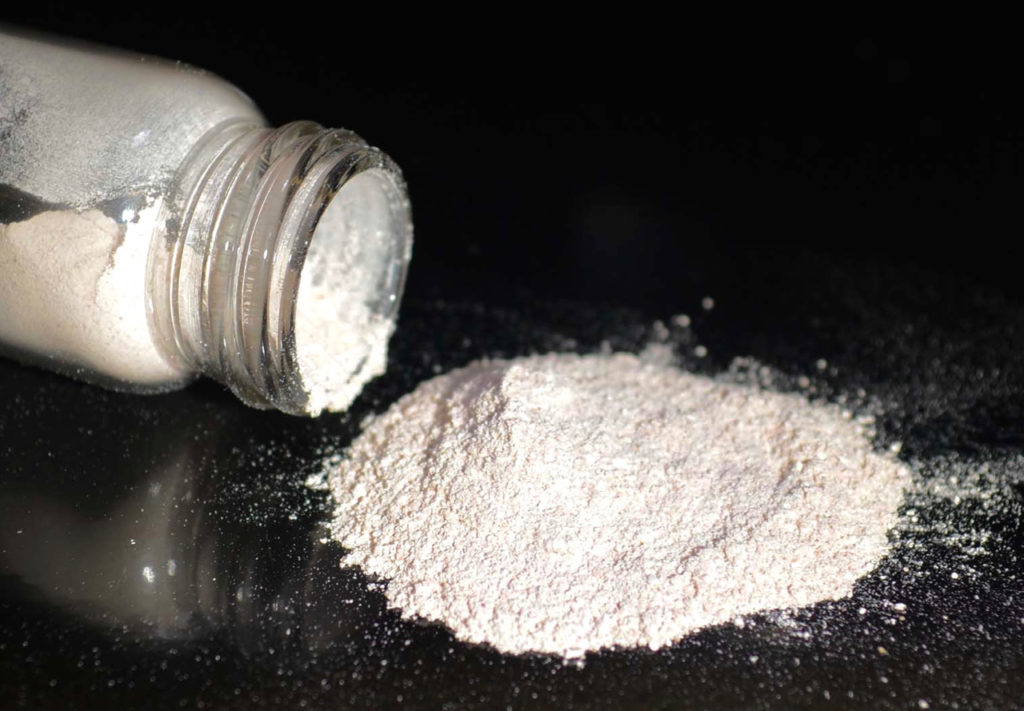
Aquafeeds
A new nutrient for aquaculture, from microbes that consume carbon waste
Biotechnology firm NovoNutrients aims to produce a line of nutraceutical aquafeed additives as well as a bulk feed ingredient that can supplement fishmeal. Its process includes feeding carbon dioxide from industrial gas to a “microbial consortium” starring hydrogen-oxidizing bacteria.

Aquafeeds
A look at protease enzymes in crustacean nutrition
Food digestion involves digestive enzymes to break down polymeric macromolecules and facilitate nutrient absorption. Enzyme supplementation in aquafeeds is a major alternative to improve feed quality and nutrient digestibility, gut health, compensate digestive enzymes when needed, and may also improve immune responses.
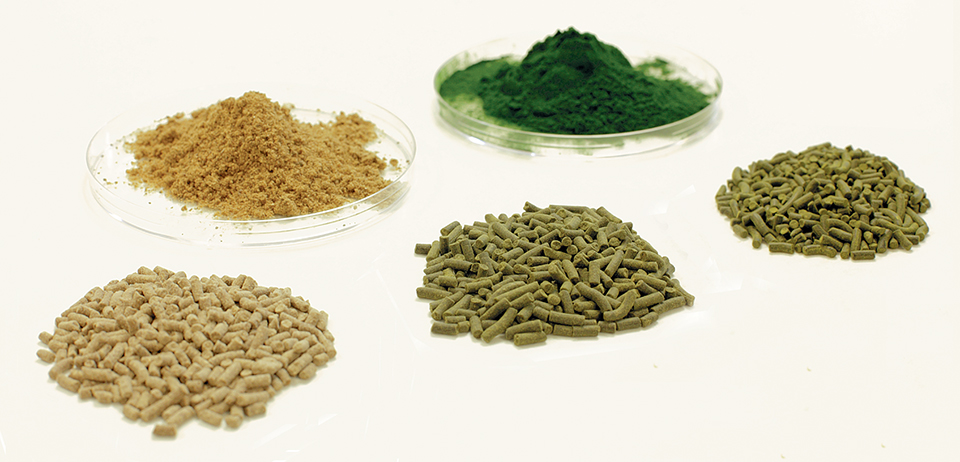
Aquafeeds
Algae alternative: Chlorella studied as protein source in tilapia feeds
Chlorella and other species have potential as protein sources in aquafeeds. In trials with tilapia fry raised in a recirculating system, the fish received a fishmeal-based control diet or feeds with portions of the fishmeal replaced by Chlorella.



